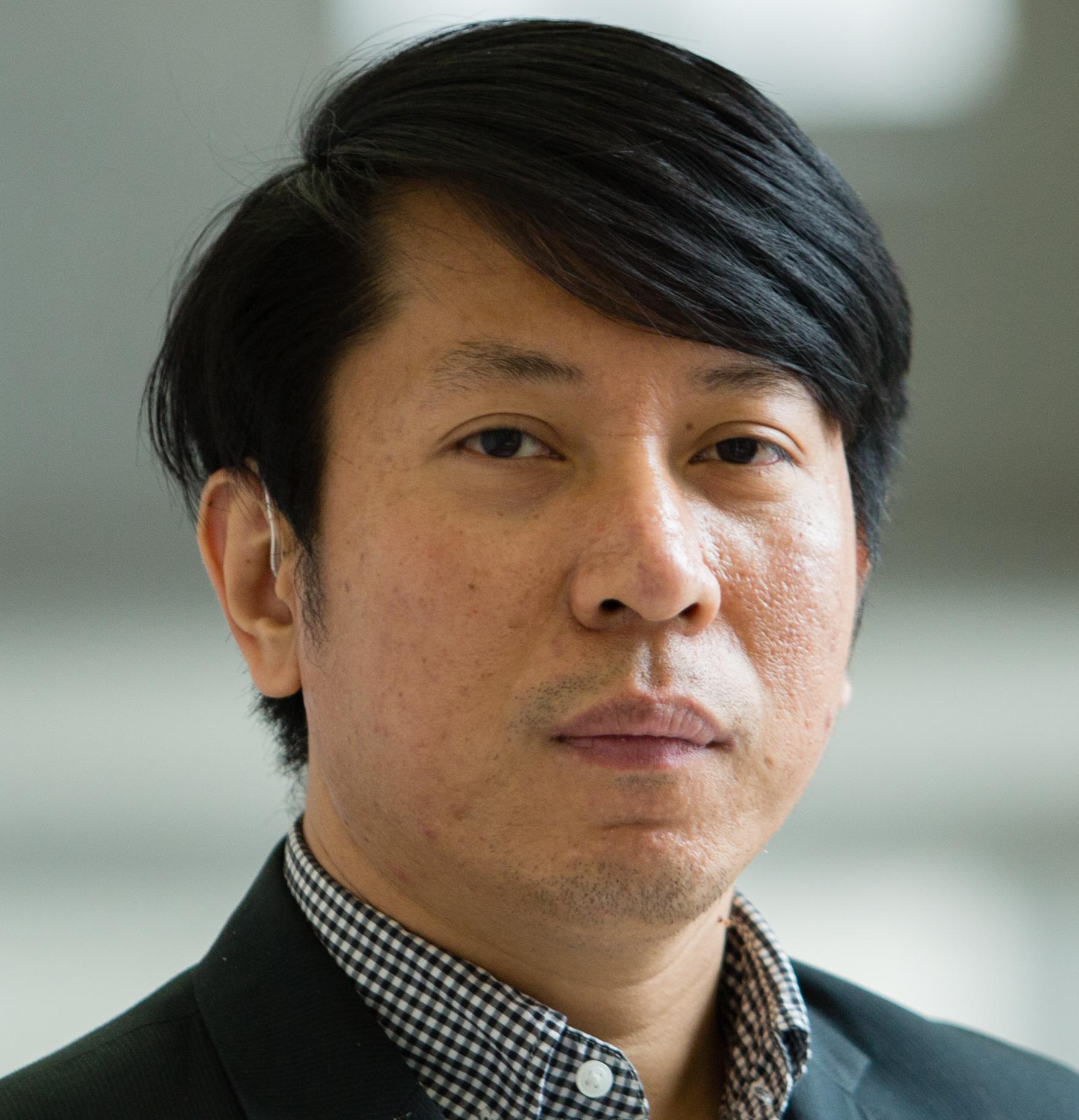On January 18, while meeting with the press in Washington, D.C., together with the Japanese Foreign Minister, U.S. Secretary of State Hilary Clinton stated, “although the United States does not take a position on the ultimate sovereignty of the islands, we acknowledge they are under the administration of Japan and we oppose any unilateral actions that would seek to undermine Japanese administration.” This was a development partial to Japan and was a step back from its previous position.
Clearly, it was Japan that unilaterally took actions to “nationalize” the Diaoyu/Senkaku Islands and thus altered the status quo. Stating the above via its Secretary of State, Washington actually adopted a practice of being partial to Tokyo on this issue. The objective of the Japanese Foreign Minister’s visit was thus probably realized, but this was unfair to China.
The United States has a historical responsibility for the dispute over Diaoyu/Senkaku Islands. In 1972, when the administrative power over Okinawa was reverted to Japan, Diaoyu was inappropriately included. In essence, this was a territorial dispute between Japan and China. Any arrangement made between Japan and the U.S. was invalid.
Nevertheless, the U.S. Department of State unambiguously declared at the time that no U.S. act involved any part of the issue of sovereignty over Diaoyu/Senkaku. According to the 1971 words by Secretary of State William Rogers, the Okinawa Reversion Treaty “does not affect the legal status of those islands [Diaoyu/Senkaku] at all.” In his letter of October 20, 1971, Acting Assistant Legal Adviser Robert Starr stated, “The United States has made no claim to the Senkaku Islands and considers that any conflicting claims to the islands are a matter for resolution by the parties concerned.” This demonstrated U.S. government was aware that the sovereignty issue on Diaoyu/Senkaku was unresolved.
The problem is, over the past forty years, Japan grasped the de facto control over Diaoyu/Senkaku and took steps to strengthen this kind of control. More seriously, starting from a few years ago, the position of the Japanese government shifted to stating that “there is no territorial dispute between Japan and China.” Namely, Diaoyu/Senkaku belongs to Japan and there is no controversy. Not surprisingly, China was firmly opposed this stance and yet it showed considerable restraint. As a result, the situation remained under control and peace was lasting. In September 2010, the inexperienced Democratic Party of Japan mishandled the fishing boat incident at Diaoyu, which quickly escalated to an alarming degree. Consequently, this poorly managed incident greatly disrupted the hard-won benign state of the Sino-Japanese relationship. Unfortunately, Japan did not seem to learn a lesson from this incident.
Last year, when the “purchasing” and “nationalizing” Diaoyu/Senkaku movement was gaining momentum, China repeatedly reminded and suggested that the Japanese government be careful regarding the so-called “nationalization”. President Hu Jintao met with Prime Minister Noda of Japan face to face during the APEC Meeting in Vladivostok and cautioned against the Japanese government making a wrong decision. Disappointingly, Japan ignored all the warnings and, just two days later, went ahead with the so-called “nationalization.”
This was like opening the Pandora’s box, which ignited anger and strong reactions from China. Now, everybody realizes that the warning Mr. Niwa, recent Japanese Ambassador to China, made last year to The Financial Times was absolutely correct. The reality is that “purchasing” or “nationalizing” the islands will strike a severe blow to Sino-Japanese relations, one of the most important bilateral relationships.
More recently, the Diaoyu/Senkaku standoff escalated to a new level as the Japanese and Chinese fighter jets were mobilized. This development made observers feel that the possibility of a military conflict was imminent. No doubt, a military conflict is in nobody’s interest and something no one wants to see. The high priority for the two countries is to manage the crisis, avoid escalation, and prevent a military conflict.
Against this backdrop, Prime Minister of Japan Abe Shinzo dispatched Yamaguchi Natsuo, the party leader of Japan’s pacifist New Komeito, to China,with a letter. Yamaguchi was carefully chosen for this mission. For many years, New Komeito has kept a good relationship with Beijing, and the political party is a part of Japan’s current ruling coalition. While meeting with Yamaguchi Natsuo on January 25, Chinese leader Xi Jinping called on a timely, proper resolution to sensitive bilateral issues. Yamaguchi presented the Japanese Prime Minister’s handwritten letter to Xi during the meeting. At this “special” time, the visit was useful indeed. Effective communication between the two sides is absolutely essential.
At the end of the day, Japan has to give up the position that “there is no territorial dispute between Japan and China” and to admit that Diaoyu/Senkaku Islands are disputed. Only on that basis can the two sides try to find a way out. At this stage, the item high on the agenda is not who possesses sovereignty but rather what efforts they should make to soften the tension and prevent from any military conflict. Washington has a responsibility to urge Tokyo to do so. Erecting a protectionist umbrella is not favorable to getting beyond this crisis. A more neutral stance is a better option.
Ren Xiao is a professor at Fudan University’s Institute of International Studies and Director of the Center for the Study of Chinese Foreign Policy.
